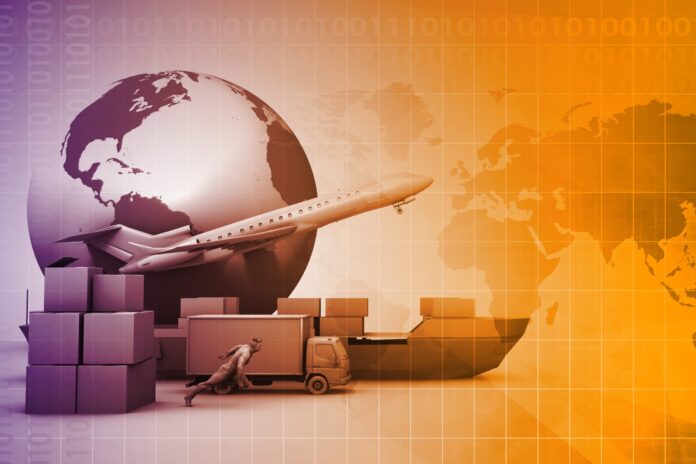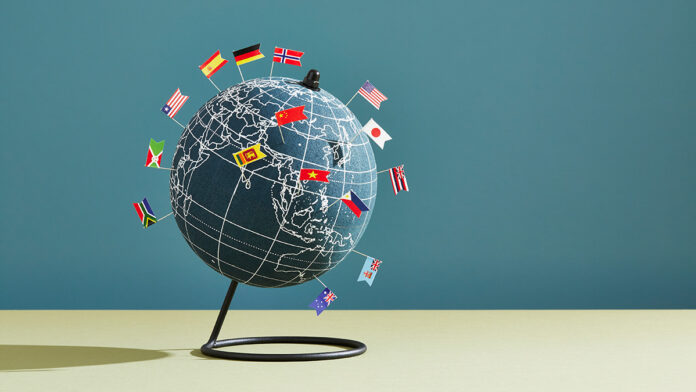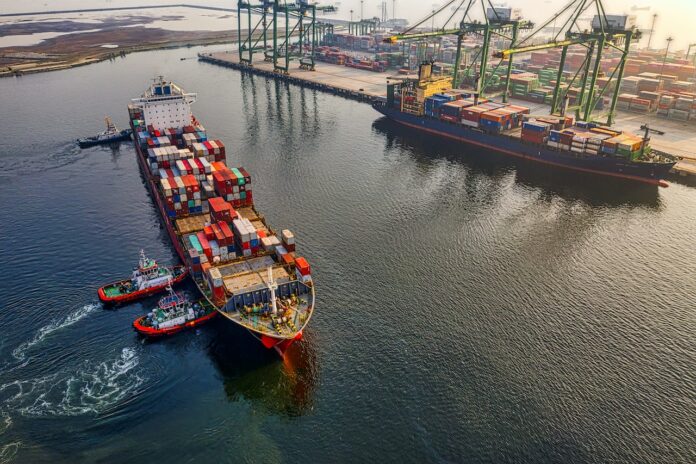
The interconnectedness of today’s global economy suggests that international trade is no longer just an option for businesses — it’s a crucial necessity. Venturing into international trade isn’t as straightforward as it sounds, though. It comes with a unique set of uncertainties.
These uncertainties can range from rapidly changing regulations to economic volatility, cultural complexities, and even logistical hurdles. But with strategic planning, a flexible approach, and a strong understanding of the global landscape, businesses can navigate these challenges effectively. Let’s talk about how.
Understanding International Trade Basics and Regulations

The world of international trade is wide and varied. Different regions have different rules, and different cultures have different expectations regarding business. If you’re a business owner trying to navigate cross-border trade, you should expect to deal with a complex set of regulations, laws, tariffs, and trade agreements — which will differ from one country to the next.
By understanding what all these things are and why they’re important, you’ll be much better equipped to make decisions that align with your organization’s goals.
Tariffs and trade agreements are noteworthy for several reasons. These agreements are largely based on geopolitical alliances, and these types of relationships can change quickly. Business owners should keep up to date with geopolitical news and also make sure that their business processes can be modified quickly, should the need arise.
If their business model heavily relies on agreements between countries that historically have had a delicate relationship, that is a good indicator that they need a backup plan.
There are also global international bodies like the World Trade Organization. They exert significant influence over the rules of international trade, although they are sometimes limited in the amount of power they have. Understanding all the major players involved and the different dynamics at play is vital to help further streamline your global business operations.
Economic and Market Volatility

Economic conditions are in constant flux. This is true domestically but even more so internationally. Currency exchange rates fluctuate daily, and these shifts can significantly impact the cost of goods. This can have a large impact on the bottom line of a business. This is especially true if the business operates in an industry with lower profit margins.
It’s for this reason that businesses must understand what causes these changes and develop strategies to deal with them. Visit here to foresee potential trends by using a tool like the economic calendar to track global forecasts and trading news. This type of tool can help business owners identify upcoming economic events that may lead to market shifts or increased volatility in their industry, allowing them to stay one step ahead.
Consumer demand in international markets is another area that can be unpredictable. This may result from changing socioeconomic conditions, political instability, or even technological advancement. This is where risk management strategies and contingency planning come in handy. Businesses must also consider the impacts of inflation and deflation on their operations in their target markets. As with all areas of business, being flexible and able to adapt is key.
Cultural Understanding and Local Adaptation

Expanding your business across borders doesn’t mean you are simply doing the same thing in another region. It means your business must adapt to a new way of understanding. This is true not just in terms of different regulations and rules but also in terms of culture.
Every country has its unique set of communication styles, business customs, consumer preferences, and societal norms. Being aware of these differences, respecting them, and integrating them into your business processes is the only way to develop strong relationships and gain market acceptance.
Adapting your products, services, and marketing strategies also poses risks, particularly if your business is in the business-to-consumer (B2C) space. You may find that two or more regions you operate in have widely different cultural expectations, and a marketing strategy that does well in one region may be considered very controversial in another. It’s often a fine line and one that needs to be navigated carefully.
One of the best ways to do this is to form strong local partnerships in your target markets. This can be either through hiring locally or collaborating with existing businesses. Doing so will offer invaluable insights into cultural intricacies that you may have otherwise missed and ensure you don’t end up with a PR nightmare that needs to be managed.
Supply Chain Management and Logistics

Supply chain and logistics are the core of any business, and in cross-border trade, this becomes much more complex. We discussed earlier the impacts of geopolitics on international trade, and how big global events can cause major disruptions.
In the previous section, we touched on how important developing local relationships to manage cultural differences is, but it’s also extremely important from a supply chain perspective. Having strong, reliable relationships with local suppliers and distributors can help you navigate these complexities much more easily than you could on your own.
Technology is another area to stay on top of. Things in the tech space move quickly, and advanced software systems can provide real-time tracking and predictive analytics. It can also streamline inventory management.
Another important consideration is that even though the role of technology in managing and optimizing international supply chains cannot be overstated, disruptions can and will still occur. Contingency planning is, therefore, one of the most important aspects of supply chain management in cross-border trade.
Navigating the uncertainties of international trade may seem like a daunting task, and it often is. It’s a complex area that will constantly throw up new challenges. Rules and regulations change, countries clash with one another, currencies and the economy more broadly will ebb and flow, and things will never stay stagnant.
It’s for that reason that as international trade continues to evolve — bringing along with it new trends and shifts — it will be the businesses that are the most informed and consistently agile that will succeed.











